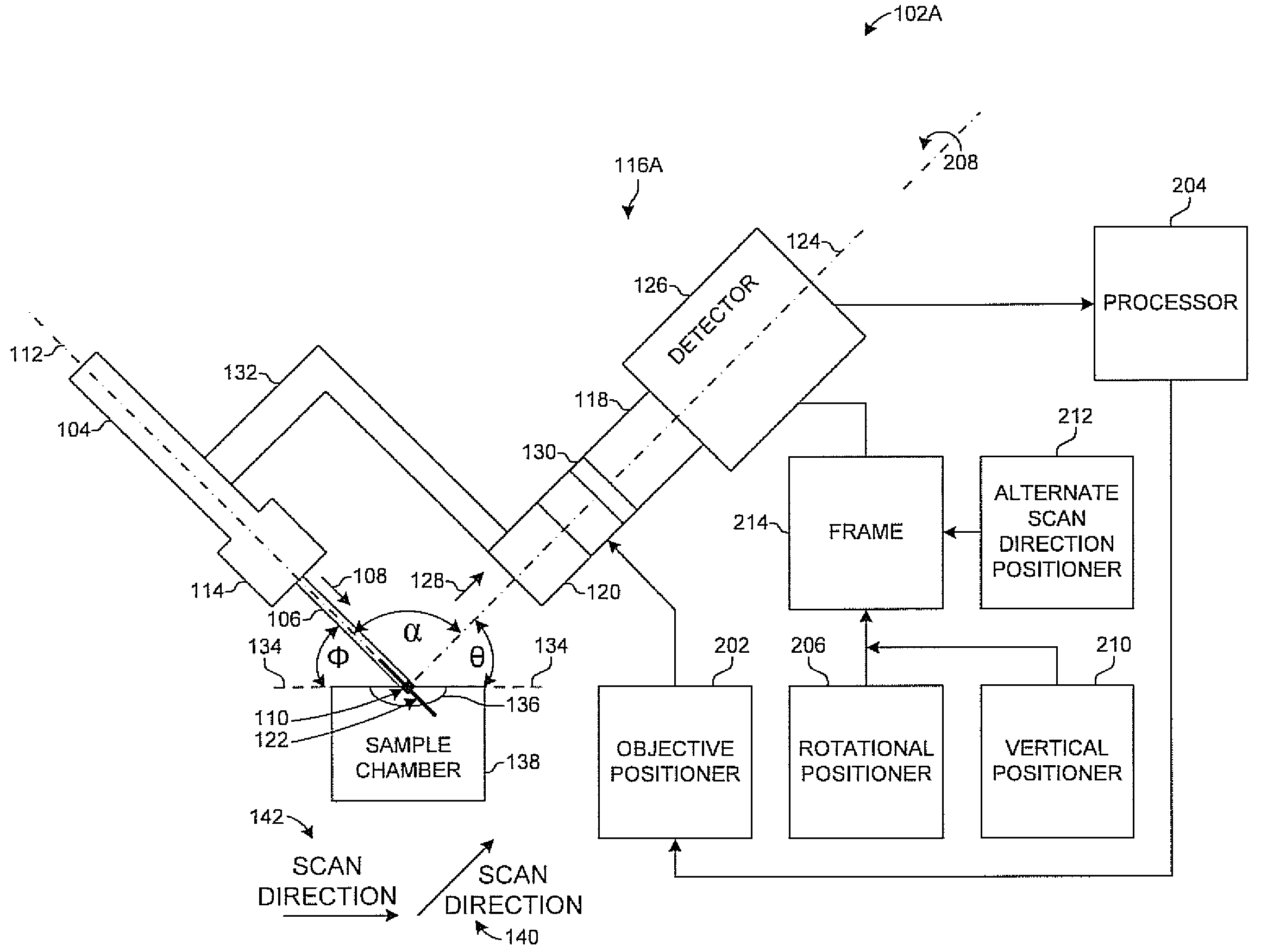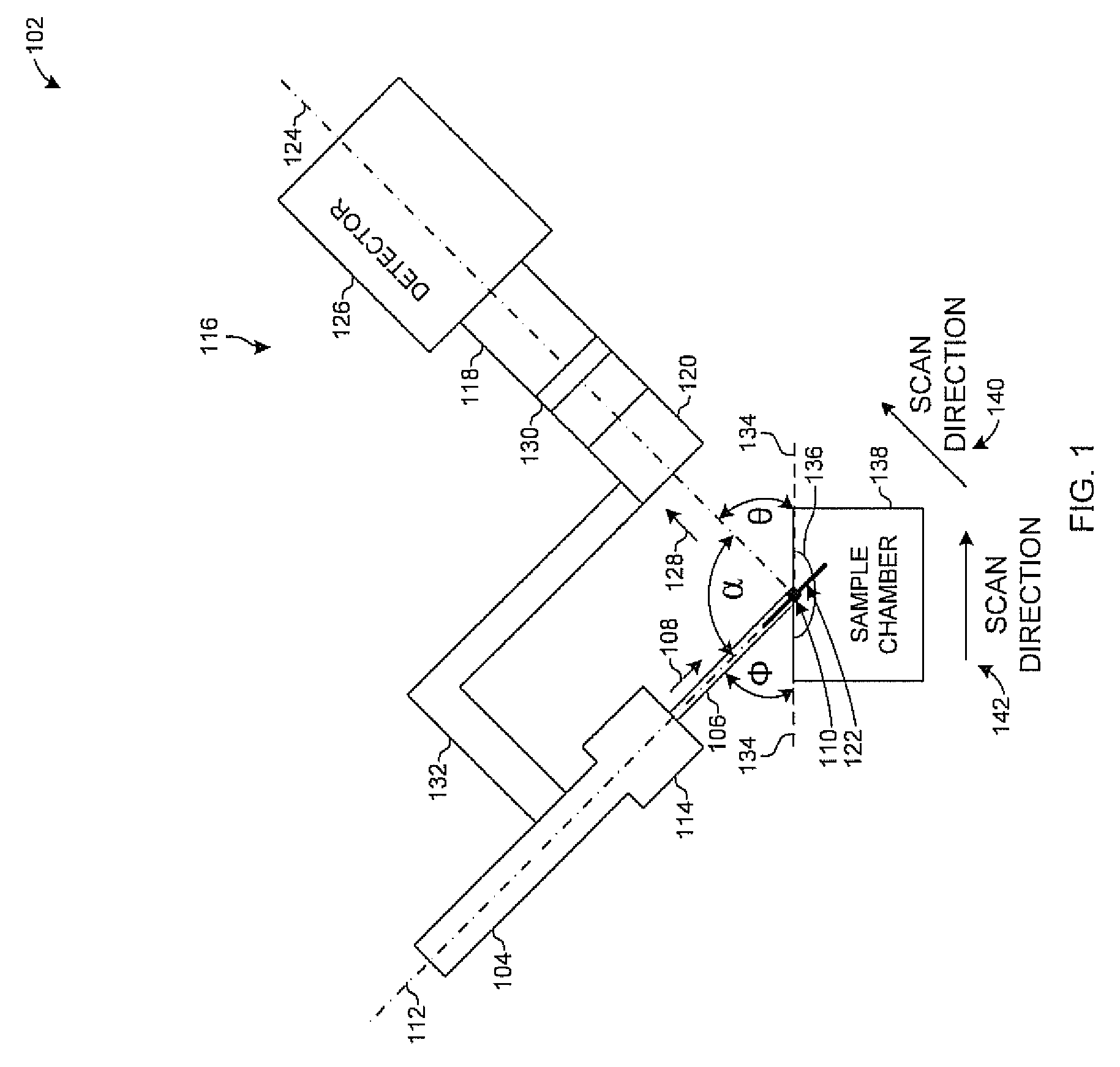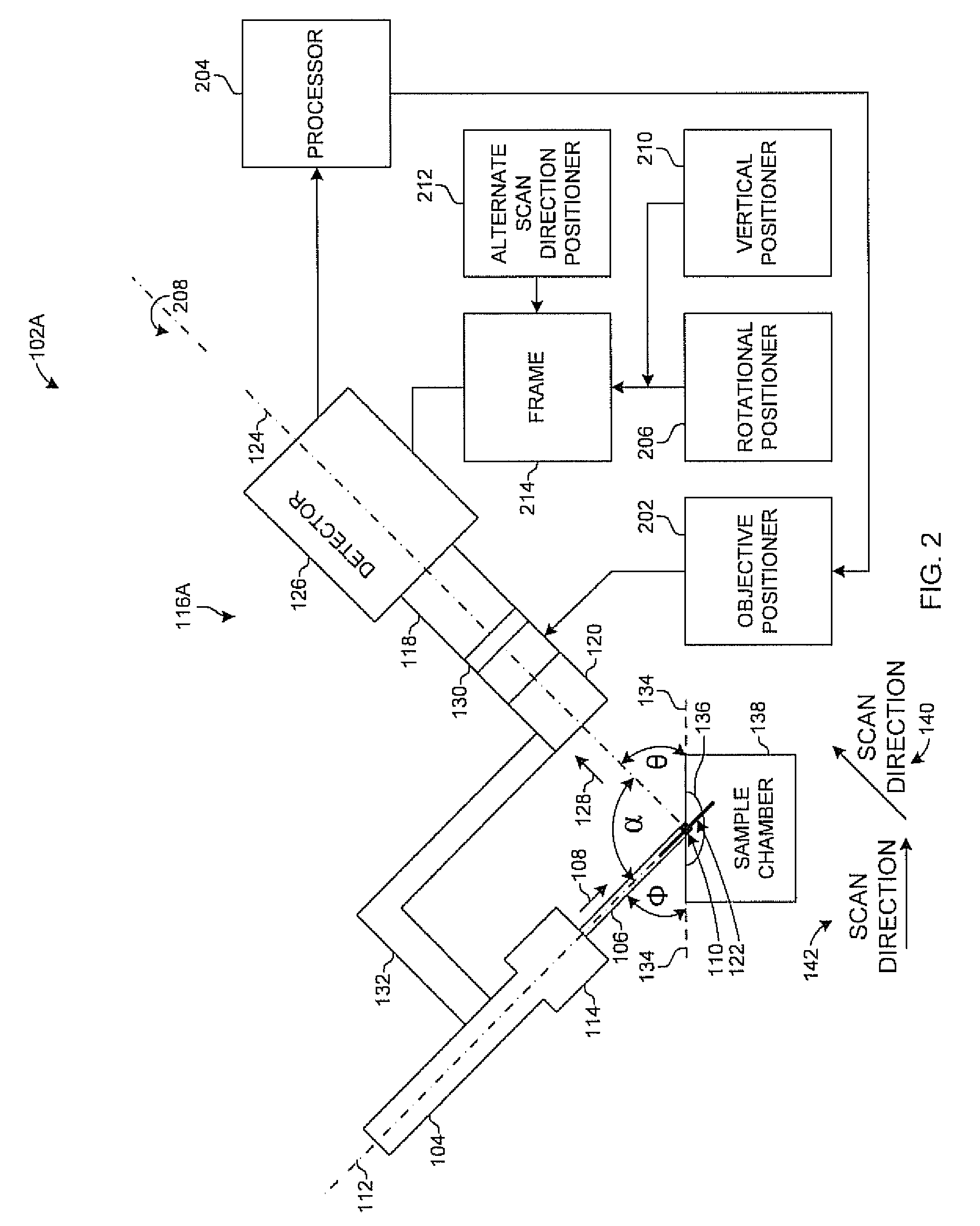Objective-coupled selective plane illumination microscopy
a selective plane and illumination microscopy technology, applied in the field of objective-coupled selective plane illumination microscopy, can solve the problems of hazy and unfocused fluorescence, the technique is not suited to studying individual cells, and the study method encounters serious difficulties in studying the activity of entire populations of neurons or neural circuits. achieve the effect of improving the projection from the sample and rapid three-dimensional imaging
- Summary
- Abstract
- Description
- Claims
- Application Information
AI Technical Summary
Benefits of technology
Problems solved by technology
Method used
Image
Examples
Embodiment Construction
[0014]Objective-coupled planar illumination restricts the illumination of a sample to the focal plane of a microscope objective lens. Objective-coupled planar illumination therefore performs optical sectioning using a thin “blade” of light to restrict illumination near the focal plane. The light blade generally is produced using a cylindrical lens to focus light from a laser or other illumination source. In one implementation, an optical fiber carries the light from the laser to the cylindrical lens. Producing the light blade with a cylindrical lens results in weak convergence in one, but not the other, dimension of the collimated output of a fiber-coupled laser.
[0015]Because of diffraction, the light blade is not arbitrarily thin. If a sample has a constant thickness d, then the minimum width of the blade is of the order √{square root over (λd)}, where λ is the wavelength of light. In one example, a light blade's width is in the range of 5-10 micrometers (μm), which will produce ef...
PUM
 Login to View More
Login to View More Abstract
Description
Claims
Application Information
 Login to View More
Login to View More - R&D
- Intellectual Property
- Life Sciences
- Materials
- Tech Scout
- Unparalleled Data Quality
- Higher Quality Content
- 60% Fewer Hallucinations
Browse by: Latest US Patents, China's latest patents, Technical Efficacy Thesaurus, Application Domain, Technology Topic, Popular Technical Reports.
© 2025 PatSnap. All rights reserved.Legal|Privacy policy|Modern Slavery Act Transparency Statement|Sitemap|About US| Contact US: help@patsnap.com



